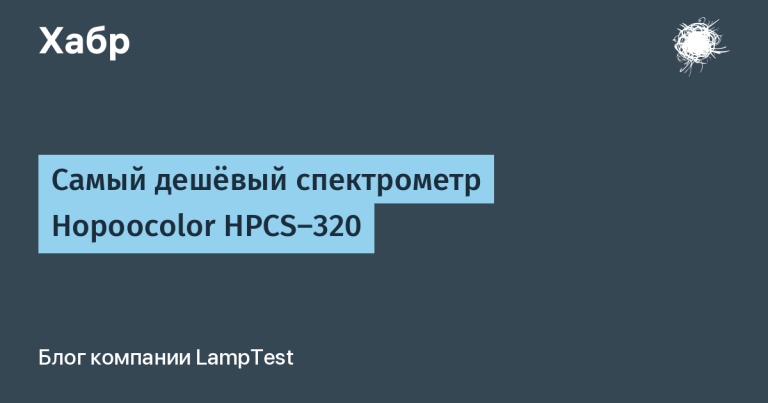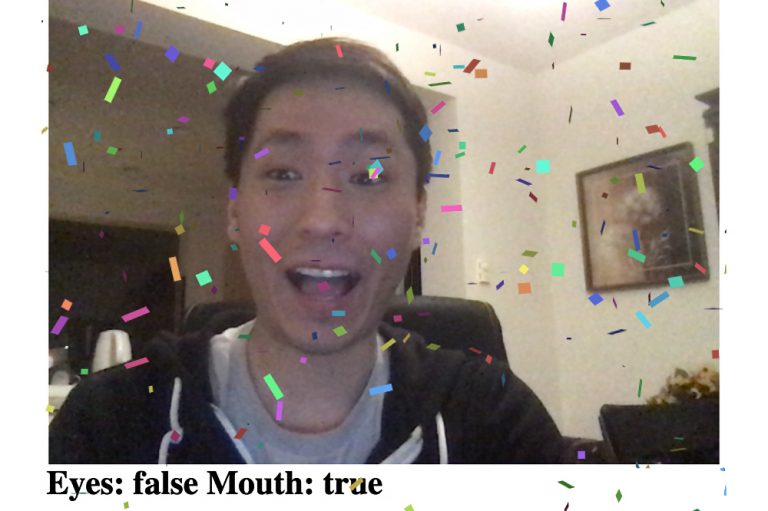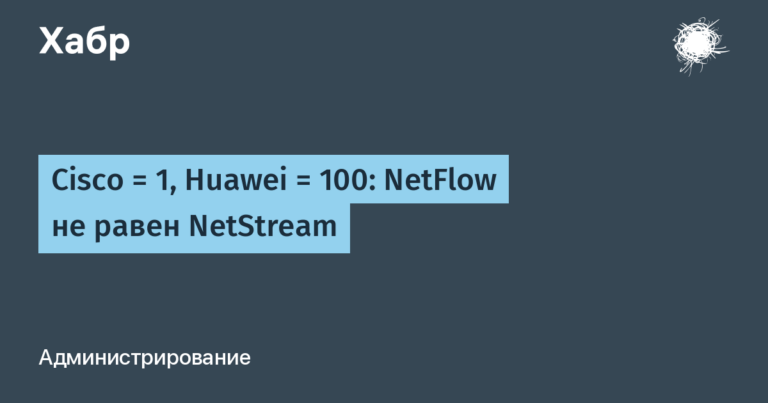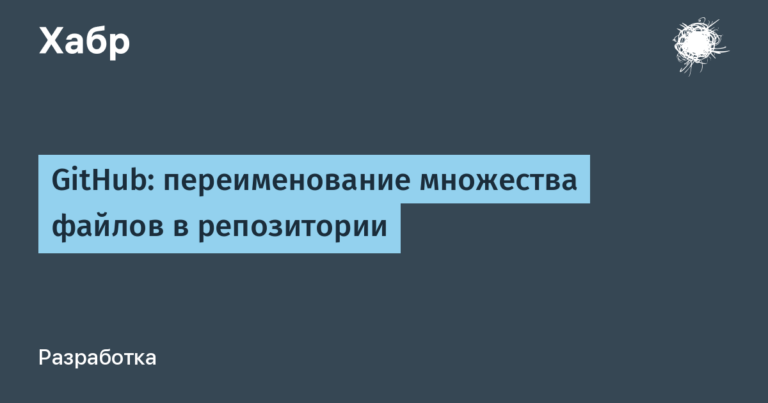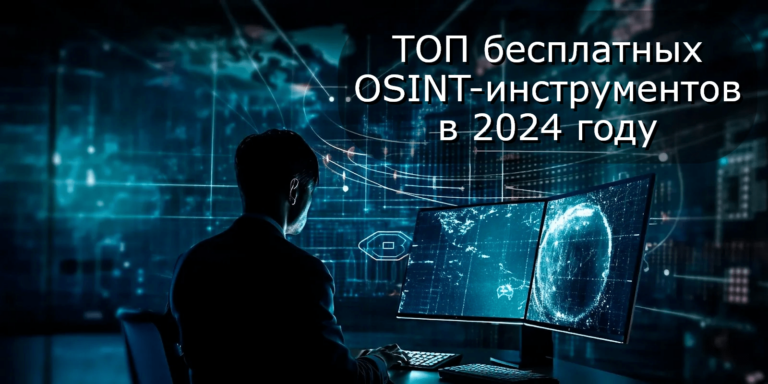Cybertruth Manifesto
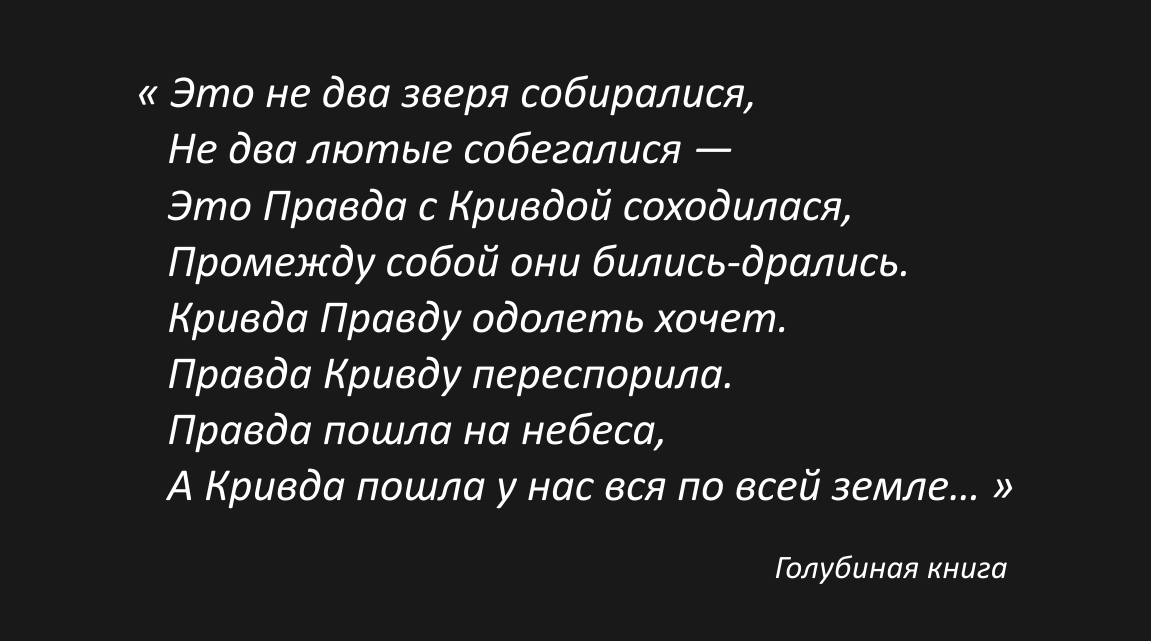
The increasing political polarization of society and the widespread penetration of social networks into all spheres of life have created ideal conditions for the deliberate spread of disinformation with the aim of misleading, deceiving citizens, extracting financial profit and obtaining political gain. The capabilities of cryptography and anonymous hosting of sites that publish anonymous or pseudonymous authors make it difficult to legally prosecute such unreliable sources for disinformation and libel. As a result, fake news, fabricated documents, information hoaxes and political propaganda have taken over social media and traditional media. Reposts of fake news on Facebook have outpaced reposts of bona fide posts, thanks to fake news being more consistent with readers' expectations or more exciting. The deliberate spread of harmful lies has contributed to the rapid decline in trust and tolerance of opponents, as well as the development of paranoia in the online community. Post-truth, in which objective facts are less significant for the formation of public opinion than appeals to emotions and personal unverified and unreliable prejudices, has overwhelmed the world's information flows, which are now in modern society deliberately constructed by falsifiers using neural networks to create a virtual reality different from reality with the purpose of manipulating public consciousness.
The defining feature of post-truth politics is that its participants continue to repeat their theses, even if they have received a refutation in the media or through independent experts. Lies spread by politicians or their supporters online through a network of users can very quickly replace the truth. This is due to the fact that the fragmentation and disconnection of information sources creates a situation in which lies, gossip and rumors spread at an extraordinary speed, and searching for and finding out reliable information requires a lot of time and effort. As Sir Winston Churchill put it: “A lie travels halfway around the world before the truth puts on its pants.” However, truth and the pursuit of truth are an independent fundamental value both for individual citizens and for the entire human society as a whole. The tradition of truth-seeking is the basis of all Russian philosophical thought. Combining the ideal of true knowledge, the requirement of universal justice and standards of high morality, truth acts as the defining ideological, cognitive and normative principle of Russian spirituality.
Some thinkers of the 20th century (Russian philosophers N.N. Alekseev, M.V. Shakhmatov, agiocracy P.I. Novgorodtsev, etc.) expressed the idea of the need to build such a system of managing society, which would be based on truth as a political ideal. The distinctive features of the state of truth are its focus on the moral content of power, its asceticism and service to the people. The people and the authorities in such a system come to agreement not through violence and mutual restrictions, but through a common effort to achieve the truth based on relationships imbued with mutual trust.
Sooner or later, the achievements of modern information technologies, which led to the flourishing of manipulative demagogic oratorical and polemical techniques and means to mislead the audience and win them over to their side with the help of false theoretical reasoning based on logical errors and sophistry to achieve selfish goals in advertising , politics and propaganda, simply must correct their mistakes and provide humanity with the necessary software to solve this global problem.
A free information society awaits and demands cyber truth!
Computer algorithms designed for collective formation, distributed cloud storage and independent confirmation of ownership of any information based on blockchain technologies, smart contracts, non-fungible NFT tokens and relational databases make it possible to build a new type of social information network. In such a network, any information messages can be registered using smart contracts using an electronic signature scheme in the form of unique non-fungible tokens, which are records in a cloud ledger distributed in a blockchain chain, which makes it possible to logically link information tokens from different accounts.
In such a network, formal and mathematical logic will enable users to find new meanings by applying laws and rules of thinking based on previously known information. Aristotle is considered the author of the first system of formal logic, who introduced the concept of syllogism and variables, which he used to designate the terms of a syllogism, allowing logical conclusions to be made based on a combination of simple attributive judgments. Despite the fact that the use of syllogisms in itself does not provide new knowledge, the use of the rules for constructing syllogisms allows one to avoid logical errors and sophisms within the framework of existing knowledge, which, in combination with well-developed methods of discussion and argumentation, one of the most significant studies of which is in Russian language is the work of S.I. Povarnin “The Art of Argument” (1918), which makes formal logic a powerful weapon against demagogic techniques.
Any user of such an information smart network will be able to view and check all the logical paths connecting statements along the entire chain of inferences leading from thesis to thesis comprehensively from its beginning to the end, from Alpha to Omega for the consistency of the statements of each individual. In this case, any user who discovers someone’s inconsistency in statements will, in turn, be able to forever record the error he discovered for posterity and form his own new logical branch in the form of a record, on the basis of which other users will find and publish new, less contradictory knowledge.
There are two main forms of lies – lies by distortion and lies by omission. Cyber truth will give users the opportunity to disavow deception by cutting off false logical chains and, conversely, supplement reliable logical chains with new unknown facts, expanding the horizons of knowledge available to all other users. As a result, the most valuable achievement of cyber truth will be the ability to quantitatively compare “whose truth is greater” both in terms of the absolute number of facts and arguments, and in percentage terms in terms of the share of consistent conclusions and the frequency of use of demagogic techniques.
An important advantage of blockchain technology for implementing such a task is the already existing basic algorithm for determining the longest main sequence of record blocks from any initial one to the last current one. Side branches containing records unconfirmed by other users can be cut off, and all subsequent conclusions made on their basis will not receive further confirmation and will be automatically excluded from quantitative comparison with reliable logical chains.

The multitude of verified, interconnected statements and inferences on a variety of issues from each individual will create a network or graph of inferences, the coherence, continuity and scale of which will clearly demonstrate the depth of the mind of each user. Rating based on the depth of mind of users will give additional weight to all the statements of other users, whose statements they subscribed to (vouched for their authority) or joined (borrowed to justify the logic of their reasoning).
The most important result of the spread of cyber truth will be the ability to completely eliminate from the information space participants who are not ready to literally “sign up” to their statements. Any action programs, election promises and accusations of opponents must be supported by a personal digital signature and forever recorded in the blockchain archives, and any user must be able to enable a filtering mode for irresponsible information dumps on their devices.
By analogy with the functionality of the online Internet archive Wayback Machine, cyber truth will allow you to track changes in fundamental points of view and assess the constancy or, conversely, fluctuations in social, political, religious or other views of information agents.
Confirmed scientific degrees of users and their H-indexes, if they are connected to the accounting of ratings in the cyber truth system, will make it possible to evaluate the total scientometric indicator of any chain of statements and thus assess the degree of academic authority and scientific reputation of any user’s conclusions.
It is quite possible that large-scale cyberwars will instantly unfold in the system to challenge other people’s conclusions, similar to the existing “edit wars” on Wikipedia – frequent changes to potentially conflicting data in order to gain the advantage of a certain view of its content. However, it is obvious that almost simultaneously with the beginning of mass edits, a spontaneous and natural division of users will occur according to their indicators of the breadth of their worldview, scientific authority and consistency, which will give other users the opportunity to make a spectral selection of information provocateurs from experts who are responsible for their words.
Today, two types of “post-truth” are known: in the first case, falsifiers say one thing and do the opposite, and in the second, they simply ignore the available evidence. Cyber truth will give humanity a fundamentally new weapon to combat post-truth, which will make it possible to identify the correspondence of the statements of any information agent with his actual actions and evaluate the consistency of his arguments with the available evidence.
We can predict the emergence of new cybertruth emoticons, which will automatically mark information messages built on logical chains consisting of unproven statements, show the status of authors who often change their point of view to the opposite, make constant logical errors in reasoning, love to use demagogic techniques, or, conversely, who have significant scientific authority and a reputation as experts in logic. An increase in the number of consistent conclusions and the development of a personal network of logical constructions should replace the previous priorities of users in increasing the number of subscribers and accumulating the number of likes on their publications.
All the technologies necessary for this already exist; it is only necessary to combine existing means to achieve a new synergistic effect. Cybertruth tags embedded in every information message on the Internet, similar to what happened earlier with the advent of hyperlinks or hashtags, will imbue information posts with new meanings, forever change the information landscape of social networks and revolutionize the media.
Imagine that every news item on the Internet has a label indicating how reliable the information it contains is.
Imagine that such tags are found in articles from news agencies, posts by ordinary people on social networks, descriptions of goods in online stores, and even stories from TV channels. Imagine that Google and Yandex sort the information they provide depending on its reliability rating.
Here's what it might look like:

…or so

And this is how, for example, a Google search:

And even the websites of news agencies and television channel programs may look completely different if they have credibility ratings:

Imagine a world where information without a credibility rating makes you smile, reputation is critical, and people, companies, and governments all compete for a high rating for their information, striving to publish only the truth.
Sounds like a utopia? Of course, the question immediately arises in your mind: who determines what is true? How it works? Is it possible that now some Big Brother will determine who is right and who is wrong?
In no case! There will be no trust in a rating that is not open, error-free, scientific and fully independent. The calculation of the truth rating should not be controlled by anyone. But who will count on it then?
The answer is simple – an open and secure blockchain – the principle by which cryptocurrencies operate! No corporate servers! Everything will be done by the users themselves, that is, you and me. The information will be distributed to all computers in the world and any Internet user at any time will be able to easily check how the truth rating is calculated.
So how does it work?
A person opens the Cyber Truth application or website, logs in and writes some information. Another person confirms this information with some message of his and, for example, attaches a document, a third person adds a refuting fact and attaches a link to a site on the Internet, a scientist with a confirmed scientific degree provides his evidence, and so on. Huge branching and intersecting chains of information are built, generally looking like chaos.
We have developed a mathematical algorithm that allows us to analyze this big data using graph theory and assign each message in the system a credibility rating, and the authors a rating of their reputation, which are calculated according to a complex scheme based on arguments and counterarguments, confirmations and refutations, the scientific weight of the authors, their reputation and many other factors. The algorithm is completely transparent and will be visible to all users of the system. Everyone will know the rules of the game and will have the opportunity to check them at any time.
Cybertruth evaluates the balance of arguments used by different authors as confirmation or refutation of various contradictory facts to assess their reliability, from the point of view of consensus in large socially heterogeneous groups. From these facts, the authors build their personal descriptions of the events taking place, for the accuracy of which they are responsible for their personal reputation. An unbiased and objective correlation algorithm based on graph theory checks these descriptions for mutual correspondence and consistency on an all-to-all basis and finds the most reliable sequences of facts that describe different versions of what is happening. Different versions compete with each other in terms of the flow of meaning, and the most reliable versions become arguments in the chain of events for facts of a higher or lower level, which closes the chain of mutual influence of arguments and counterarguments and creates a global hypergraph of knowledge in which the greatest flow of meaning flows through stable chains of consistent scientific knowledge that most closely correspond to the principle of falsifiability and Popper’s criterion. The critical path in the sequence of the most reliable facts forms an automatically generated article for each of the existing versions of events, which is dynamically rebuilt in accordance with new incoming evidence and the desired levels of information reliability in the range from zero to 100%, set by readers in their personal settings. As a result, users have access to multiple Wikipedia-style articles describing competing versions of events, ranked by objectivity according to the desired level of credibility.

Anyone can become an author, but it is not necessary. You can just be a reader and use the system without authorization to either quickly see the truth of any information and the reputation of any author, add a comment, or go deeper into reading evidence, refutations and versions.
Thus, the Cybertruth rating, of course, does not pretend to be the ultimate truth, but is as close as possible to it, being essentially a reflection of the social consensus on any topic under discussion.
We are creating a fundamentally new global multi-user knowledge base to determine the reliability of information without the participation of admins, experts, oracles, artificial intelligence and certificates of states and corporations, clickbait likes or voting tokens that can be used to bribe any user. In fact, we have developed a new decentralized PageRank algorithm on the blockchain, but not for individual sites and publications, but for each fact and argument that makes up them. We believe that we are able to finally solve the problem of the reliability of information on the Internet, especially now against the backdrop of the rapid development of numerous deepfake technologies based on artificial intelligence, which in the near future will fill all information resources with falsified content.

What's the result?
As a result, Cyber Truth completely changes the world as we know it! People use truth ratings to clarify any issues that are important to them. From universal ones, such as whether global warming really exists, to everyday ones, such as whether a certain type of product is of high quality. From the scientific, for example, how reliable is the existence of dark matter, to the mundane – is the kindergarten in their area good? And millions, millions of other topics.
There is an accumulation of reputation (rating) among those people or companies that primarily write the truth and provide evidence. The reputation of the authors of fakes remains at zero or drops even lower. From a variety of opinions, a rating of the reliability (truth) of any events, news and statements crystallizes.
The whole world competes for ratings in Cybertruth. News agencies, product manufacturers, bloggers, restaurants, clinics, ordinary people – everyone is involved in accumulating their own reputation, which is securely stored in the blockchain.
Quite quickly, the publication of any news without indicating a rating in Cyber Pravda becomes bad manners and a direct indication that the event is most likely a fake. Products and services with good ratings sell much better. TV channels that integrate Cybertruth ratings into their stories receive larger audiences. Telling the truth becomes not only easy and pleasant, but also profitable.
And that's all – welcome to the new world and the new Internet 3.0!
An Internet where people fight not only for likes, but also for reputation. The Internet, where you don’t need to sift through mountains of information to get to the truth, but the truth is always in plain sight!
PS Already after the creation of this text, in the process of developing a technical project for the implementation of the system, a post dated May 23, 2018, was discovered on Twitter by the American inventor Elon Musk, in which he wrote about his idea to create a service for assessing the reliability of media publications and tracking trust ratings of journalists. “I’m thinking of calling it Pravda,” Musk wrote, which amazingly confirms not only the existence of telepathy, but also the relevance of the task facing us. After this, Elon Musk registered the company “Pravda Corp.” and made an attempt to buy the pravda.com domain, but unfortunately, over the almost six years that have passed since then, no new information has appeared about the further development of his project. We are now solving this problem.
If you are interested in learning more about the project, watch the interview we recorded before the New Year. In it, we showed the interface of our application to a wide audience for the first time.
And we invite everyone who wants to follow the project to join our group or write about yourself via the feedback form on our website.
